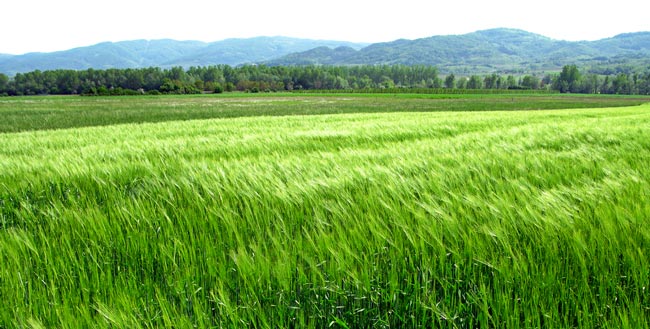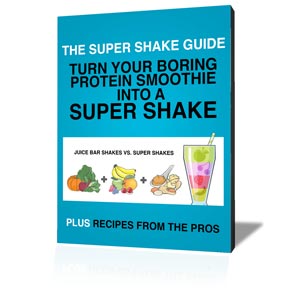Last fall I started examining the relationship between gluten and autoimmune diseases. Having two autoimmune diseases myself, type 1 diabetes and Hashimoto’s disease, I wanted to learn what I could do to keep my in remission Hashimoto’s in check and further irritating my immune system. I’m not in any hurry to add a third autoimmune disease, celiac disease, to my medical history. The possibility of going gluten free was, at the time, going round and round in my brain.
Counting carbs is a necessity with an insulin pump. Measuring my macros also helps keeps me from over doing it on pasta and bread. Eliminating gluten, however, would require a new level of diligence that I wasn’t sure I was ready to add to my already vegetarian semi-dairy free diet. My philosophy has always been one of gradual change so I decided to simply work on reducing my gluten load.
Reducing the amount of gluten in your diet is not a bad idea for most people. The Standard American Diet (SAD) is overloaded with too many starchy carbs. Many people find they lose weight when they eliminate or reduce gluten. If they have an allergy or sensitivity, it certainly can help fat loss by reducing inflammation in the body, but I credit most of the loss to a reduction in calories by eliminating foods most people over eat (like pasta or crackers) and a new level of attention to the foods they are consuming.
Going gluten free (or reducing gluten) however does not guarantee a healthy diet or fat loss. Many gluten free products have more sugar or fat to improve taste or texture. Coconut flour and almond meal taste great but they are more calorie dense. Gluten free cookies are indeed still cookies. The best way to reduce gluten load is by choosing naturally gluten free foods.
I don’t anticipate being completely gluten free anytime soon, but here are some of the changes I am making.
- No more seitan. Seitan is made from vital wheat gluten. This very popular vegetarian meat substitute is now out of my regular rotation.
- I am using up my existing supply of Kashi Go Lean and finding a new quick weekday breakfast. The elimination of Kashi was actually an after thought. When I noticed recently that they had changed the formula by adding more sugar it just gave me another reason to kick it to the curb. I’m experimenting with various breakfast muffins and granolas to see if I can come up with a satisfying substitute.
- Sandwiches are now becoming salads. Instead of tucking my chickpea salad or egg salad in a pita, I now put it on a bed of spinach. It’s very filling and helps me get an extra serving of veggies.
- Corn bread can be a great sub for rolls or crackers. I found a great gluten free cornbread recipe on the Vegetarian Times web site. When I make lentil sloppy joes instead of a bun, I put my portion over a couple of crumbled up pieces of corn bread.
- Corn tortillas are an easy swap on taco night for the whole wheat ones we used to use.
- Gluten free protein bars are easier to find than you might think. Luna Protein and LaraBar ALT are both gluten free. The team at NuGo makes a variety of gluten free bars as well. Plus I make my own protein bars that are oat based. I am not splurging yet on gluten free oats however. Beware if you do have a gluten allergy or celiac disease.
These changes so far have not been painful. And, as I said, I am not completely gluten free. I am focusing on the 80/20 rule: keeping gluten out 80% of the time so I can indulge a little bit the other 20% of the time. I am grateful I have this luxury. Those with a celiac do not. I don’t want to cross the line and join that group. I know I can’t guarantee that but I am a believer in doing what you can to help your body.
How do you help your body stay well with food? Are you gluten free or reducing your gluten load? Vegan for health? Lactose intolerant and avoiding dairy?



